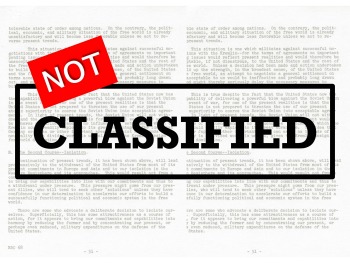 CHAD TISONIK
CHAD TISONIK
HNI Wisconsin President
When channels of communication are opened throughout an organization, the firm then can begin to identify and discuss emerging issues related to risk before they become a crisis.
As a risk advisor, I’ve had the opportunity to get in the board rooms of hundreds of organizations. All too often, I find that very few of the meeting attendees have an idea of what is going on outside their department. This is a blaring call for a breakdown of people and process issues. [And most of the time, these issues are very costly as backtracking is usually required.]
At HNI, we have adopted social, collaborative communication platforms that allow for broad sharing of ideas. Where possible, we start “wide” with dialog, making it accessible to anyone. The stream of who can view discussions can be narrowed to accommodate more sensitive thoughts, but the default is wide to start. This broadcasting mind-set drives accountability among our people. When you announce to 50-plus colleagues that you’re going to do something, rest assured that they’re going to ask questions when it doesn’t happen.
For HNI, social media technology is a way to build employee engagement and community across unique offices in four different states (we have locations in Wisconsin, Illinois, Michigan, and Minnesota). Our culture is strengthened by these tools, and they’re absolutely not time wasters, as some objectors to social media might call them. We use social media technology to support collaboration and efficiency. Because we're constantly sharing ideas and answers with each other, we are better able to share insight with our clients. Company-wide transparency fuels market intelligence, an asset we can leverage.
Organizations that have a culture that discourages these “wide” discussions could be suffering from a degree of overconfidence or possibly denial at the top levels. Management decision making without company-wide transparency or staff education usually will lead to a large degree of organizational waste — just ask the company where the sales guy sold a huge new account in a new industry without checking in with his colleagues.
Related Posts:
Employee Risk Management: What It Is and Why It Matters
The Importance of Corporate Culture: A Tale of Two Companies
.png?width=69&height=53&name=Acrisure%20Logo%20(White%20Horizontal).png)

![[ GET THE WHITE PAPER ] Managing People Risk: The Human Side of the Equation](https://no-cache.hubspot.com/cta/default/38664/ff7d7fe0-59f9-46e3-b873-945fd120afbc.png)
